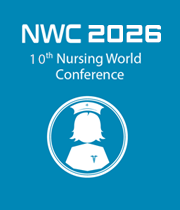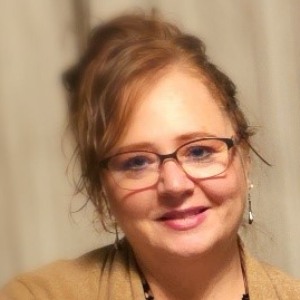Title : Reducing aspiration risk with validated bedside swallowing screening tools
Abstract:
Aspiration pneumonia is a stubborn and potentially deadly subclass of pneumonia often associated with comorbidities involving the neurologic, gastrointestinal, and pulmonary systems. People receiving tube feeding are always at risk for aspiration. Patients with altered levels of consciousness due to disease conditions or sedating medications such as pain-relieving opioids are also more at risk for aspiration. Patients suffering from cognitive disorders such as Alzheimer’s disease and dementia are at increased risk for aspiration and any patient newly diagnosed with a cerebrovascular accident. Some other conditions to be cognizant of are neuromuscular disorders including but not limited to Guillian barre syndrome, Amyotrophic Lateral Sclerosis (ALS), and cerebral palsy. The mortality rate for aspiration pneumonia in hospitalized patients varies greatly depending upon confounding factors but can be as high as 70% [1]. Elderly patients and infants are at a significantly higher risk for mortality. Hospital length of stay increases considerably with cases of hospital-acquired pneumonia as does the financial burden of healthcare. Bedside nurses and healthcare providers can utilize validated tools to examine a patient’s ability to swallow safely and significantly decrease the risk of aspiration, thereby decreasing the risk of morbidity and mortality and improving patient outcomes. One study demonstrated an 87% decrease in healthcare-acquired pneumonia over just a six-month time frame upon implementation of one validated tool [2]. In this study, there was consistent follow-up at measured intervals to ensure both understanding of and compliance with the tool. Nurses, when provided with education and the authority to implement NPO status under nurse-driven bedside swallow screening protocols, can significantly reduce the impact of aspiration in hospitalized patients.
Audience take away notes:
- Explain the pathophysiology of aspiration
- Identify three risk factors for aspirating and developing aspiration pneumonia
- List three key interventions necessary when patients fail bedside swallowing evaluations



